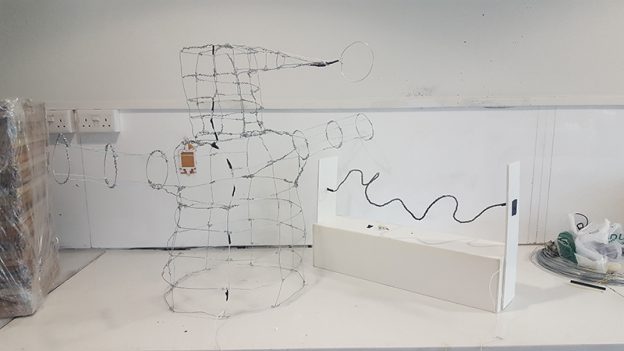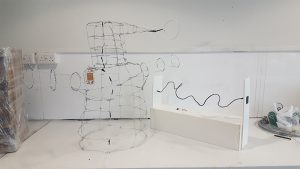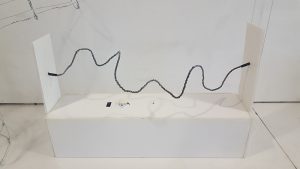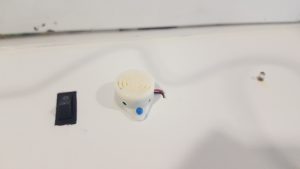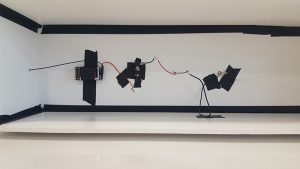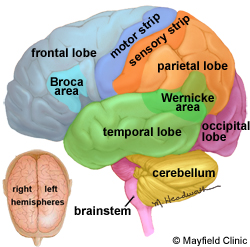Construction: For the second phase of the project, I twisted two wires to reinforce its strength before taking a third wire and twisting it around the wire loops. The result is a slightly more rigid, yet flexible piece of metal that can be readjusted often to change the path, and hence the difficulty level of the game.
I tested the overall conductivity and found that it was acceptable, so I begun daisy chaining the wire circuit with a 9 volt battery. After testing the circuit again, I begun soldering everything together. I also added a piezo board to give players a feedback in the event that the wire loop made contact with the wire maze. I added a switch just as safety so that players can wear the suit and link with the maze before someone else switches it on.
The rationale behind the project became clear as soon as I was halfway involved in the construction. I toyed around with the idea of someone being trapped in a cage of his/her own making, while constrained to a path of someone else’s making. Players engaged in traversing through the path will eventually come to the understanding that successfully passing through the gauntlet isn’t the end, and that we must all forge our own path. Yet we are compelled to define ourselves in the eyes of someone else by putting on a suit ( or an identity ) before playing this game.
